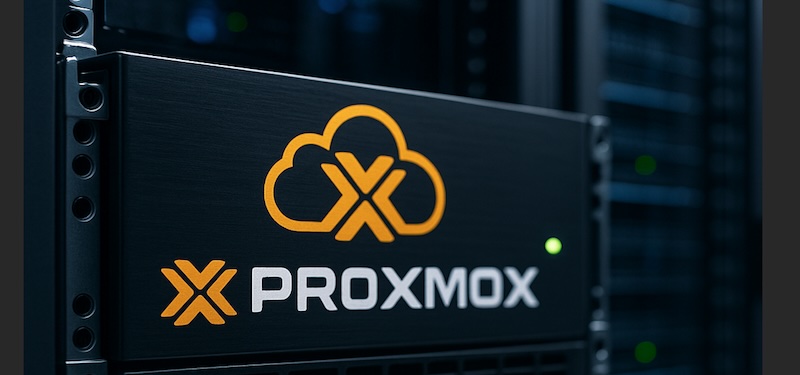Proxmox Cloud Image & Bare-Metal Auto Installation Image

Over the last few months, I’ve been asked quite a few times how I test my Ansible modules and ProxLB setup in an automated, reproducible way. Especially when working on new features or debugging something deeper, having a clean and quickly deployable Proxmox instance is incredibly useful. The same question often comes up in another form too: “How can I spin up Proxmox on a bare-metal machine without going through the ISO installer step by step?” or “Is there a Proxmox Cloud Image that I can just boot up like with Ubuntu or Debian?”
Up until now, there hasn’t really been a good out-of-the-box solution for this: at least not one that is quick, reliable, and can be integrated easily into automation pipelines. That’s why I went ahead and built exactly that: a prebuilt, ready-to-use Proxmox 8.4 image for both bare-metal auto-installations and cloud environments (these are not official images and are self-created – use them at your own risk!).
This makes it not only easier for me to test things consistently but also opens up a lot of possibilities for others looking to automate deployments, run tests, or experiment with Proxmox in a cloud-native (including cloud-init support) or traditional bare-metal setups (including VMs) and all without ever touching the installer manually. The system simply comes up and can be post-provisioned by Ansible or something similar – that’s it!
Cloud & Bare-Metal Proxmox Images
Both the cloud and bare-metal Proxmox 8.4 images are designed to be as simple and flexible as possible for deployment. Once booted, these images will automatically request an IP address via DHCP, which makes them very easy to get up and running without requiring manual network configuration.
By default, you can log in to both images using the root user with the password admin123. However, for security reasons, it’s essential to change the root password immediately. Depending on your environment, you may also want to configure SSH public key authentication and disable password-based login for the root user. This can help you maintain a more secure system, especially when deploying in a cloud environment.
Important Consideration with the Cloud Image:
Upon the first boot of the cloud image, you may encounter a situation where Proxmox-related services (including Corosync) fail to start properly. This typically happens if the /etc/hosts file on the system points to the wrong IP address for the hostname. When the hostname resolves to an IP address that doesn’t match the actual system’s IP, Corosync, and other critical services will fail to communicate.
To resolve this issue and ensure that all services work as expected, here is the recommended workflow:
- Deploy the cloud image
- Adjust the IP address (might be done by cloud-init)
- Adjust the hostname (might be done by cloud-init)
- Adjust the /etc/hosts file to your hostname and IP address
- Reboot
Afterwards, all services start without any further problems and the Proxmox node can be used.
Default Credentials
Both images use the same credentials; make sure to change them!
Username:
Password:
root
admin123
Downloads:
You can find the images at cdn.gyptazy.com:
Cloud Image:
Bare-Metal (auto) Image:
Note: These are not official images and are self-created! Use them at your own risk!
